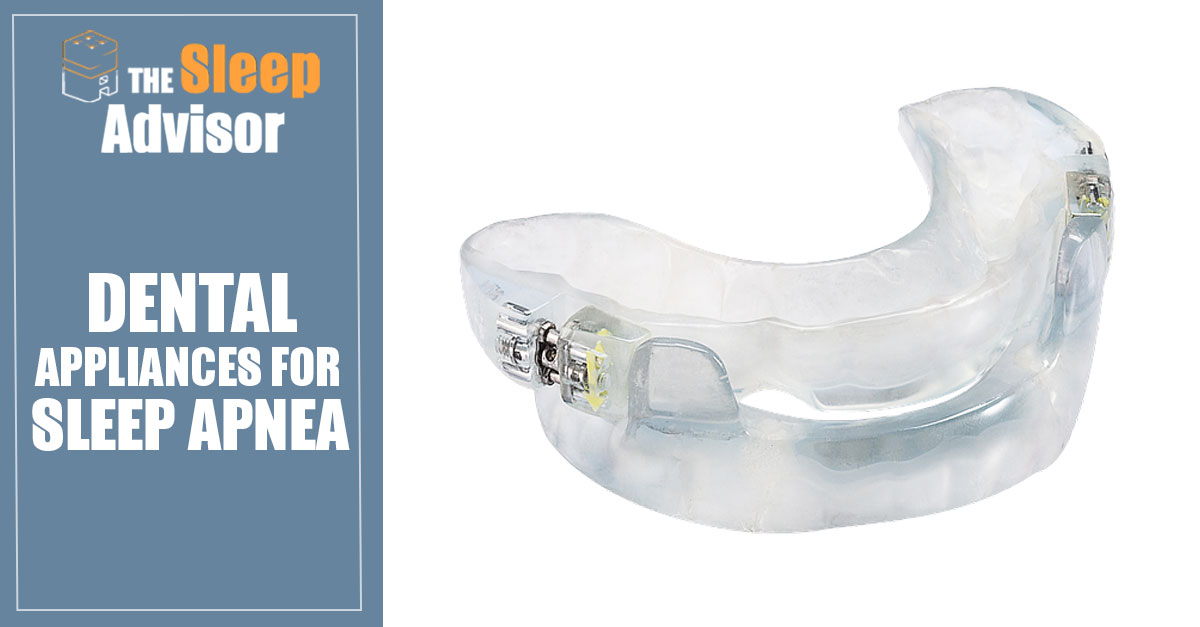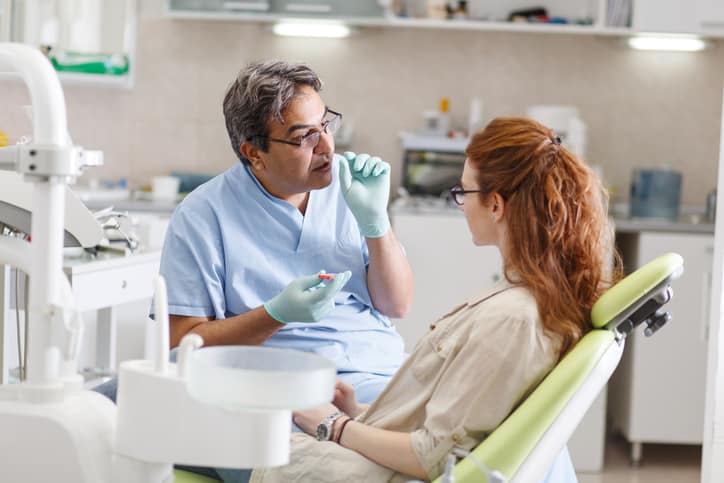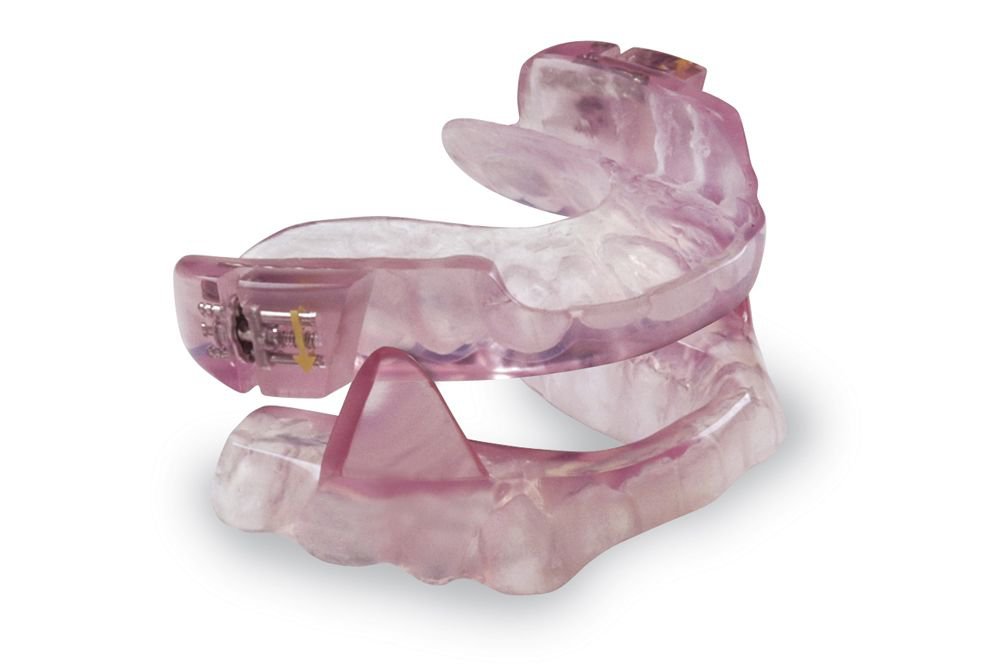Best dental appliances for obstructive sleep apnea
Table of Contents
Table of Contents
Sleep apnea can lead to a variety of serious health issues. One possible treatment option is using dental appliances to help with breathing during sleep. Additionally, big data analytics can help improve the effectiveness of these appliances. In this blog post, we’ll delve into the details of dental appliances for sleep apnea and treatment big data analytics.
Pain Points Related to Dental Appliances for Sleep Apnea and Treatment Big Data Analytics
Many people who suffer from sleep apnea are prescribed Continuous Positive Airway Pressure (CPAP) machines, but these can be cumbersome and uncomfortable to wear. Dental appliances are an alternative option that can be more comfortable for patients, but they come with their own challenges. It can be difficult to determine which type of appliance is right for a particular patient and ensure it is properly fitted. Additionally, using big data analytics to improve the effectiveness of these appliances requires collecting and analyzing a large amount of data.
Answering the Target of Dental Appliances for Sleep Apnea and Treatment Big Data Analytics
Dental appliances can help treat sleep apnea by repositioning the jaw and tongue to allow for easier breathing during sleep. There are a variety of different types of appliances available, including mandibular advancement devices (MADs) and tongue retaining devices (TRDs). A proper fitting is crucial for the effectiveness of the appliance. By using big data analytics to track patient outcomes and adjust treatment plans, the effectiveness of dental appliances can be improved.
Summary of Main Points
In summary, dental appliances can be an effective alternative to CPAP machines for treating sleep apnea, but proper fitting is crucial. Additionally, using big data analytics can help improve the effectiveness of these appliances by tracking patient outcomes and adjusting treatment plans. By taking advantage of these options, patients with sleep apnea can experience better quality sleep and improved overall health.
Personal Experience with Dental Appliances for Sleep Apnea and Treatment Big Data Analytics
As someone who struggled with sleep apnea, I was hesitant to use a CPAP machine due to its bulkiness and discomfort. My dentist recommended a mandibular advancement device, which was a game-changer for me. However, it did take some time to get the right fit and ensure the device was working properly. I believe incorporating big data analytics into this process could have helped improve the effectiveness of the appliance much more quickly.

Improving Effectiveness with Big Data Analytics
Big data analytics can help improve the effectiveness of dental appliances for sleep apnea by analyzing a range of patient data, including demographic data, medical history, and sleep study results. This information can be used to track patient outcomes and adjust treatment plans as necessary to ensure the best possible results. By taking a data-driven approach to treatment, patients can experience better quality sleep and improved overall health.

Exploring Treatment Big Data Analytics in More Detail
Using big data analytics to improve the effectiveness of dental appliances for sleep apnea involves collecting and analyzing a variety of patient data. This can include demographic information such as age, gender, and medical history, as well as sleep study results. By monitoring patient outcomes over time, treatment plans can be adjusted to better meet the needs of individual patients. This data-driven approach can help ensure the best possible outcomes for patients with sleep apnea.
Conclusion
In conclusion, dental appliances can be an effective alternative to CPAP machines for treating sleep apnea. Proper fitting is essential for the effectiveness of these appliances, and incorporating big data analytics into the treatment process can help improve outcomes for patients. By taking a data-driven approach to treatment, patients can experience better quality sleep and improved overall health.
Question and Answer
Q: What types of dental appliances are available for treating sleep apnea?
A: There are a variety of different dental appliances available, including mandibular advancement devices (MADs), tongue retaining devices (TRDs), and hybrid devices that combine features of both.
Q: How can I determine which type of dental appliance is right for me?
A: Your dentist can help you determine which type of appliance is best suited for your needs based on factors such as the severity of your sleep apnea and the structure of your jaw and tongue.
Q: Can dental appliances cure sleep apnea?
A: While dental appliances can be an effective treatment for sleep apnea, they are not a cure. It is important to continue to work with your healthcare provider to manage your sleep apnea and overall health.
Q: Is using big data analytics for sleep apnea treatment safe?
A: Yes, the use of big data analytics can be a safe and effective way to improve the treatment of sleep apnea. Healthcare providers should follow appropriate privacy and security protocols when collecting and analyzing patient data.
Gallery
Dental Appliances For Sleep Apnea | Your Beautiful Smile

Photo Credit by: bing.com / apnea
Best Dental Appliances For Obstructive Sleep Apnea - Home & Home

Photo Credit by: bing.com / apnea sleep obstructive snoring
Dental (Oral) Appliances For Sleep Apnea: Treatment Pros & Cons

Photo Credit by: bing.com / sleep apnea oral appliances dental treatment bamboo linenspa sheets
Best Dental Appliances For Obstructive Sleep Apnea - Home & Home

Photo Credit by: bing.com / apnea dental obstructive
Best Dental Appliances For Obstructive Sleep Apnea - Home & Home

Photo Credit by: bing.com / apnea obstructive



